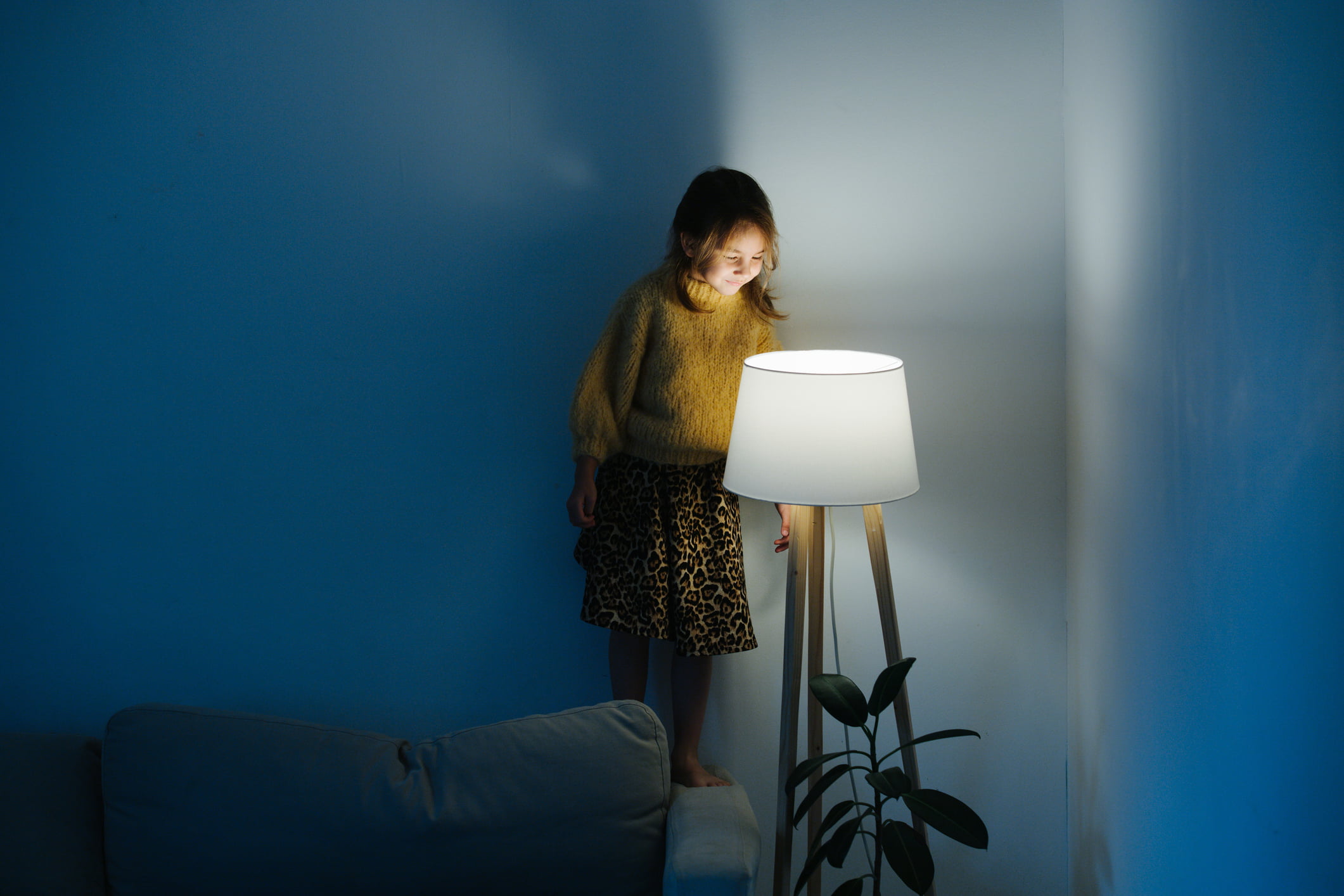Later this year, world leaders with gather at climate conferences, including the much-anticipated COP26 event in Glasgow, to set the environmental agenda for the next decade and beyond. Critical decisions will be made on climate action and sustainable development, which will affect both people and the planet in the years ahead.
Since the first Earth Hour was held in 2007, the event has taken the climate emergency conversation from conferences to mainstream thinking. To list just a few of its achievements, Earth Hour has:
- Created a 3.5 million hectare marine-protected area in Argentina.
- Established a 2,700-hectare protected forest in Uganda.
- Helped pass new legislation for the protection of seas and forests in Russia.
- Initiated the planting of 20,000 mangrove seedlings in 13 cities in Indonesia.

